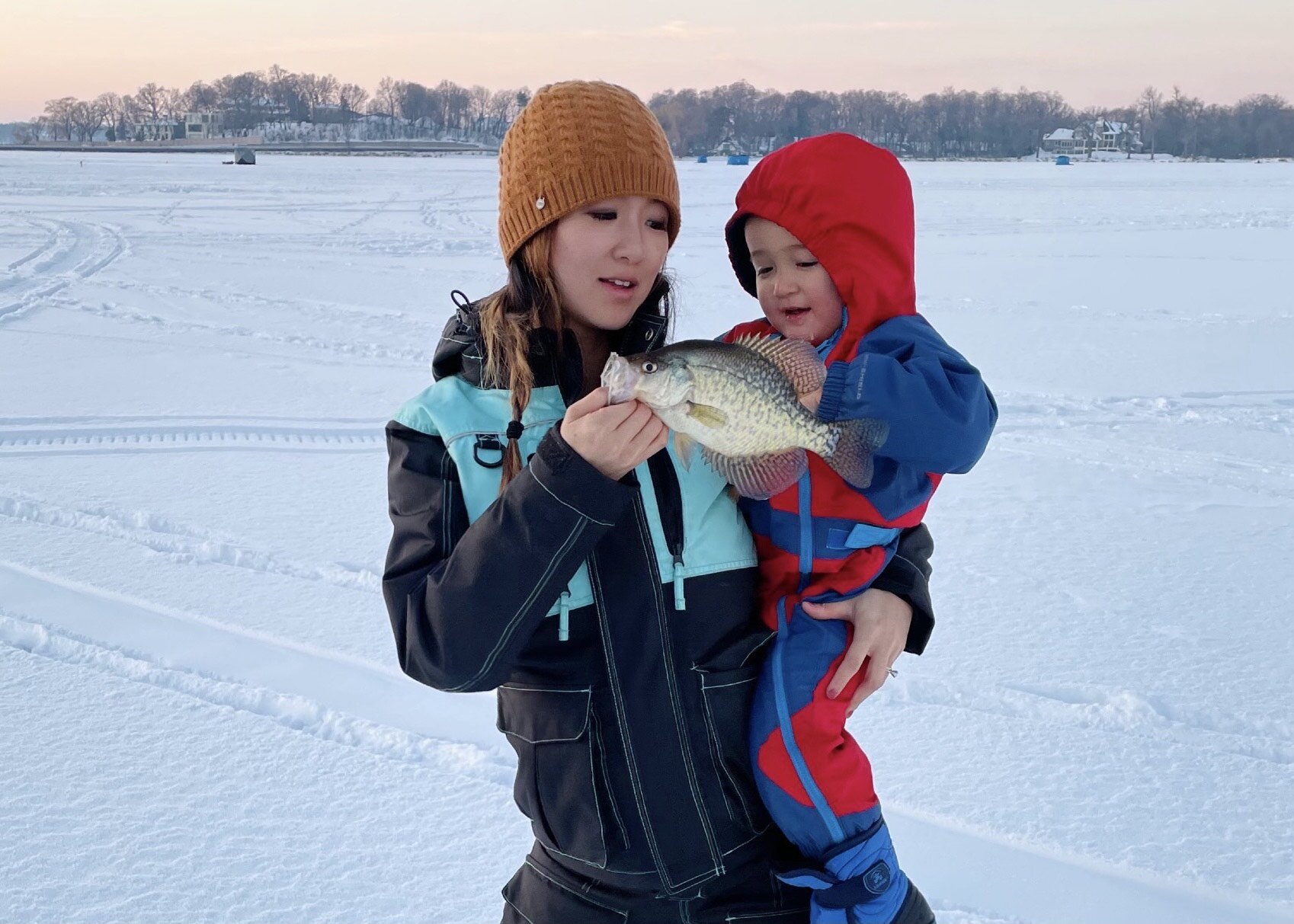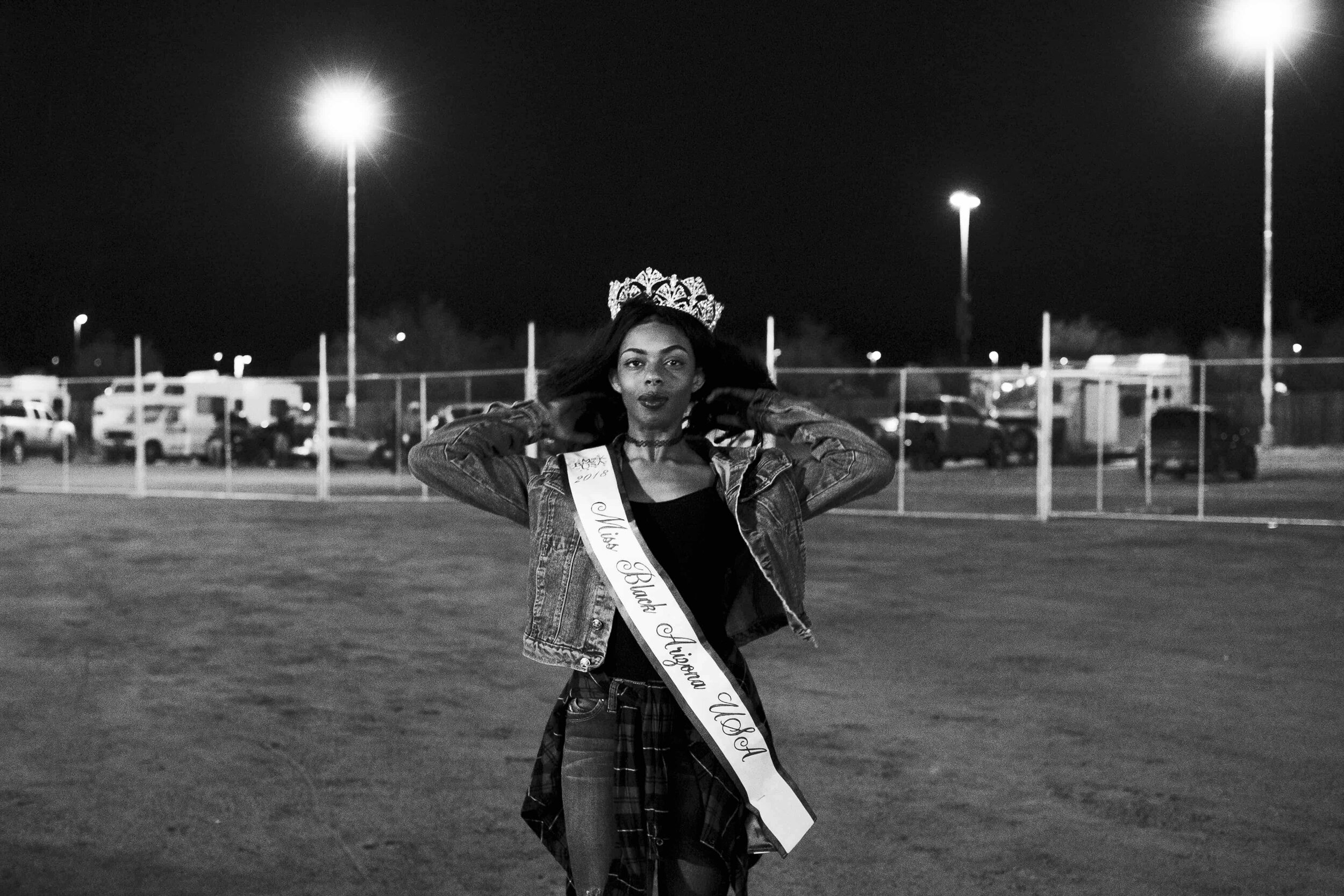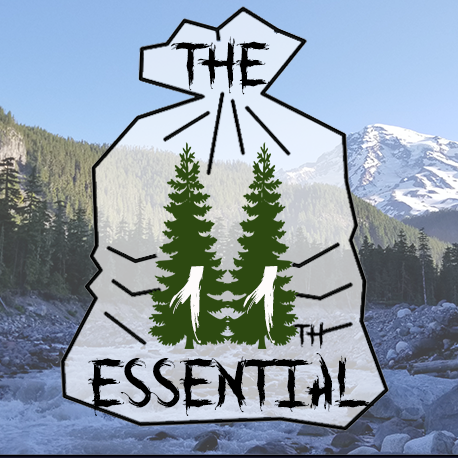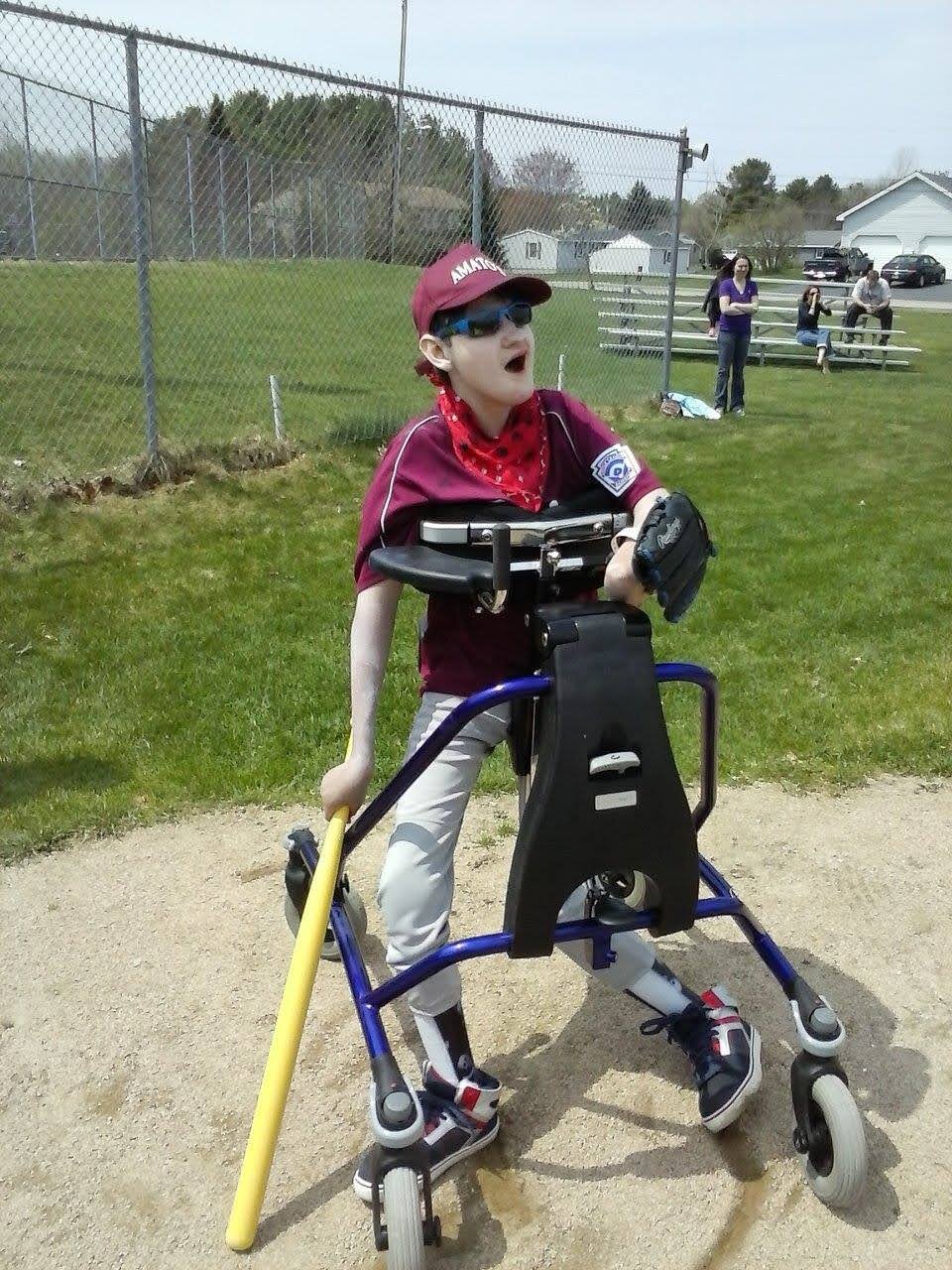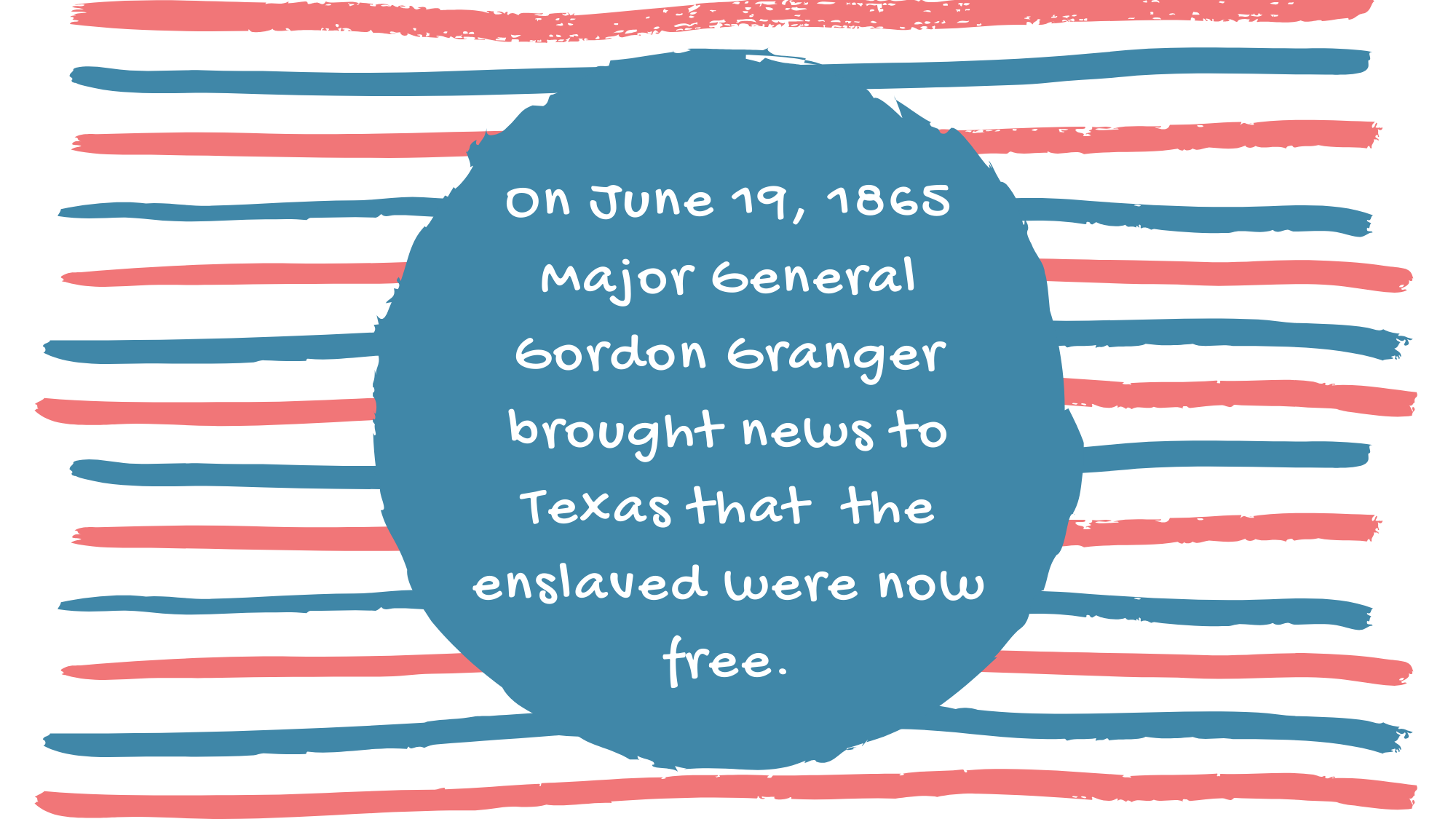Spotlight on Jenny Anderson
/BY CARA SCHAEFER
As winter turns to spring, one thing I always seem to reflect on is how to get outside more the next time it gets cold. For some inspiration, we spoke with Jenny Anderson about ice fishing, adjusting adventures to better suit young children, and making the most out of your winter.
Photo courtesy of Jenny Anderson.
OUT THERE: When it comes to spending time outdoors, how do you approach the winter season?
JENNY ANDERSON: I’m all about embracing the winter season, especially here in Minnesota. I make it a point to enjoy every moment I can. I think unlike a lot of people, when it starts to drop below freezing is when I’m most excited.
OT: Forgive me for the pun, but what hooked you on ice fishing?
JA: It began when I was reporting in Eau Claire, Wisconsin. I was on the outdoor beach, and I was covering a story about ice fishing. I had no idea what ice fishing was about; I just knew the stereotypical “grumpy old man sitting on the bucket” scenario of ice fishing. But then I went out and I started knocking on these fish houses and talking to people about the sport and why they’re out there. People were just having a great time ice fishing, so I was curious about it.
I met my husband soon after, and he was discovering ice fishing as well. So we went out and bought our first auger together and went out to one of the local lakes, where I caught my first decent-sized walleye, and after that I was hooked.
OT: Do you have a greatest fishing tale?
JA: Lake Mille Lacs is one of the bigger lakes here in Minnesota and we were out sleeping on the ice in our fish house. We have these things called rattle reels with bells in them, and we send them down the hole before we go to bed with bait on it. And then when the fish takes the bait, it starts ringing. So I woke up around 5 a.m. to the alarm clock known as the “rattle reel,” and there was a big fish on it. Both my husband and I didn’t have our contacts in, so we’re wearing our glasses and trying to figure out what’s going on in the dark. I reeled it in. It felt really heavy, and I didn’t want to lose it, so I was carefully just working at pulling this big fish up for like fifteen minutes. Finally I got it up, but the hole had frozen over because it was so cold!
So my husband’s working at reopening up this hole with a crowbar, and I could see the fish right below us, and I was like, “Ah! I’m going to hold on to it as long as I can!” He eventually boiled some water and spilled it down the hole, so it was just big enough to get the head of the fish through. I was able to shimmy it up through the hole, and it was this beautiful, 30-inch walleye. Just a fish of a lifetime. I took some photos and then sent it back down the hole, because it was just too big and beautiful to keep. It was definitely memorable. My favorite kind of alarm clock to wake up to.
OT: I know you’ve had some like additions to the family lately. How do you adjust adventures to better accommodate young children?
JA: Yeah, I have two kids. One is one year old, and the other was born not too long ago, about a month now. I remember when we first started talking about having kids, my biggest concern was that I’m going to lose myself. I’m doing all these fun things every weekend, and now that’s all about to change, and the outdoors is not going to be a priority anymore. At least that’s what I thought.
We made it a point, though, to say, “You know what? We’re going to make sure these kids fit into our lifestyle while we adjust to meeting their needs as well.” We realized within a couple weeks of my son being born that we needed to get out of the house, so we packed up our bags with this three week old and went up to the cabin and went fishing off the dock. Just really simple, easy, manageable outdoor activities. It was much needed for my sanity.
Ever since then, we realized that if you can do it with a newborn, you can definitely do it as they get older and older. You can still do the activities that you love, you just have to adjust your expectations. You can’t spend as much time as you used to outdoors. That’s the reality of it. Like when we were ice fishing, we’d usually be there for the whole weekend, on the ice, 24 hours for three full days, but with little ones you just have to do a few hours outside and then come back home.
Photo courtesy of Jenny Anderson.
OT: What practical advice would you give someone looking to get outdoors more in the winter?
JA: I think the most practical advice is to wear the right gear. Base layers, synthetic or wool socks, and the warmest boots possible. And then the right outer layers. Just being warm makes all the difference. If you’re comfortable, you’re going to last a lot longer outdoors on the ice and snow. I always make sure my son is well dressed, and we always bring backup clothes in case he gets wet. Same for myself: I bring an extra pair of boots just in case. You never know if your foot will fall into an ice hole!
Photo courtesy of Jenny Anderson.

